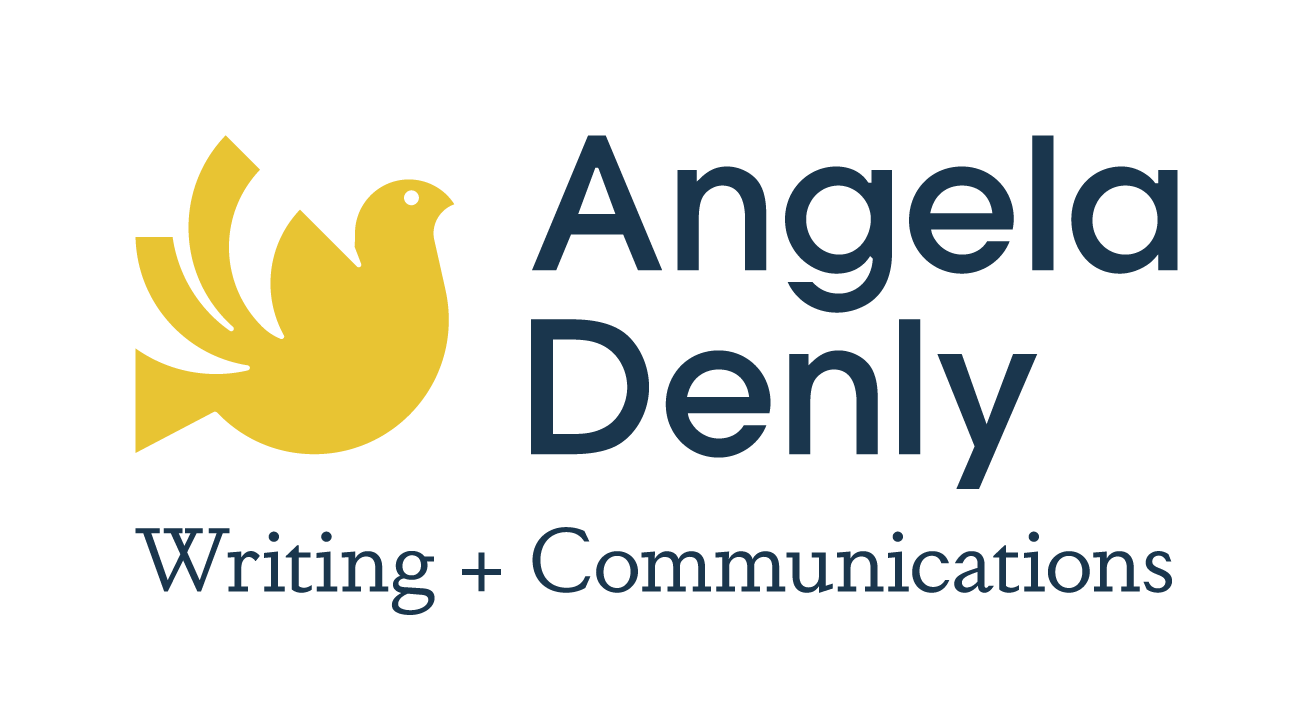27 May What to expect in your copy deck
Decoding and understanding your copy deck

I don’t understand this copy deck
Image by Jean-Rene Vauzelle used under https://creativecommons.org/licenses/by/2.0/
For many new business owners – or experienced business owners working with a copywriter for the first time – understanding your copy deck can be confusing. In this post, we’ll break down the copy deck so you can understand the various elements and know what to expect.
[ctt title=”Understanding your copy deck – a guide to the different elements #copywriting” tweet=”Understanding your copy deck – a guide to the different elements #copywriting http://ctt.ec/PoUfY+ via @angeladenly” coverup=”PoUfY”]
Before you get started
At the start of your copy deck, you can probably expect to find some preliminary information that won’t appear on your website, in your brochure, or whatever it is you are producing. As well as helping you with understanding your copy deck, this information can also help you to be consistent with other written materials across your organisation.
This information can include, but isn’t limited to:
- Customer profiles: This might include information about customer demographics like gender, age, income and occupation, as well as more subjective information like their needs, beliefs, fears, desires. This provides context for the copy and confirms that both you and your copywriter are in agreement about the audience for your copy and what the needs of that audience are.
- Tone of voice guidelines: Do you want your copy to be professional, authoritative, formal, conversational, quirky, humourous, straight-talking? This all informs the tone of voice and again, helps confirm that you and your copywriter are on the same page.
- Style guidelines: Are you using Australian or American spelling? How are you managing numbers – spelt out or numerals? How will you attribute quotes? Do you use title case for all words in headings, or just the first word? These issues and many others can be defined as part of a style guide.
Tag it to me, baby
Now we are getting into the copy itself. For web copy, you can and should expect that your copy deck will include some basic information at the top of each page. This includes the title tag, the meta description and the targeted keyword phrase. What are these, you may well be asking?
The title tag is the page title that will appear in search engine result pages (SERP) – ie a Google search page – as well as when your link is shared on social media sites like Facebook. This information is also used as a ranking factor for search engine optimisation, so it’s an important place to use your keyword phrase, and to be descriptive so people know what to expect.
The meta description is the blurb that will appear under your title tag on a search engine result page. While not used as a SEO ranking factor, a great meta description is important for conversion and click-through. You want your meta description to be compelling enough to encourage a searcher to click through to your site. It’s also a great place to include your phone number as many people will contact you directly from that option.
And then there is the keyword – or keyword phrase. Whilst each page can rank for a range of keyword phrases, it is best to have a single focus for each page and only optimise for one keyword (or keyword phrase). This helps with the golden rule of SEO copywriting – write for humans first, Google second! Trying to intentionally rank a page for multiple keywords leads to keyword stuffing and is horrible to read.
The copy itself
So now that you understand what some of these preliminary elements are, it’s time to take a look at the actual copy – what will appear on your website, flyer, brochure, report etc.
You can probably expect to see short paragraphs, broken up by subheadings, bullet lists, and bolded sentences. For most marketing copy, the goal is to assist readability – remember the golden rule of WRITE FOR HUMANS FIRST. By keeping copy short and snappy, with subheadings to guide the reader, it is more approachable. Especially for web copy which readers tend to skim rather than reading in a comprehensive and linear fashion, providing as many helpful signposts to the reader is a good idea.
When reviewing your copy, look back to your customer profile and ask – does this copy serve my audience? Does it answer their questions? Remember, it’s not about what you want to say – it’s about what your audience needs and wants to know!
Then think about your call to action. Is it clear what you want the reader to do? Are you gently directing them to do something? This could be call or email for more information, click to make a purchase, sign up for a newsletter, download a free guide, leave a comment on your blog, share your post on social media – but whatever the desired action is, make sure that it is obvious to your reader.
[ctt title=”Your #copywriter has sent the copy deck – but do you know how to review it?” tweet=”Your #copywriter has sent the copy deck – but do you know how to review it? http://ctt.ec/QP5fa+ via @angeladenly” coverup=”QP5fa”]
How do you prefer to receive your copy?
Have you had trouble understanding your copy deck? Do you find a formal copy deck overwhelming? Do you prefer a new document for each website page? Let me know your thoughts in the comments.

